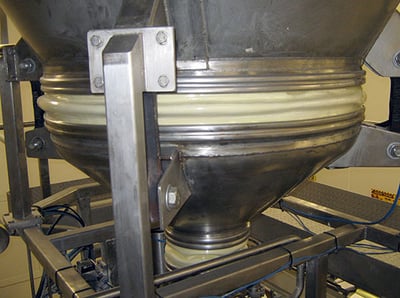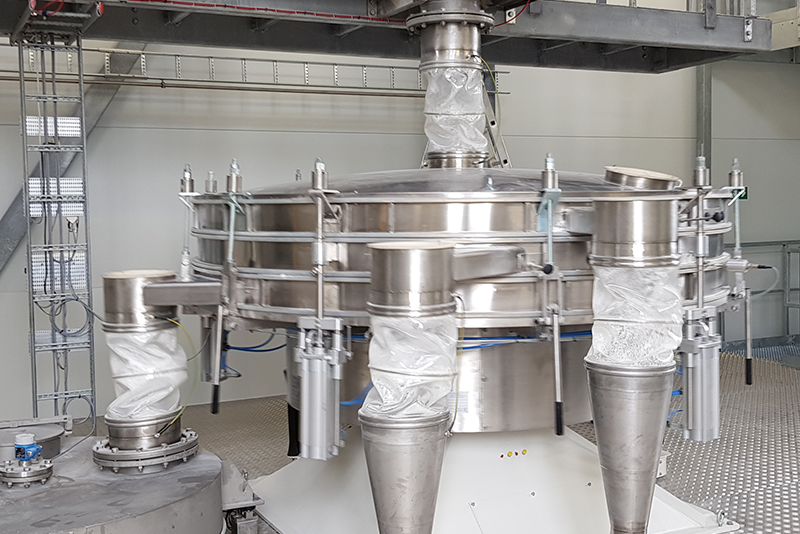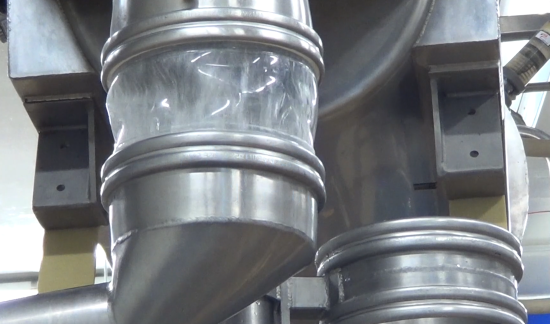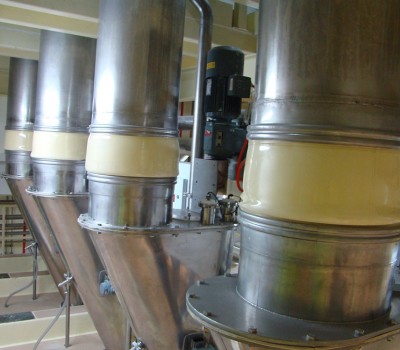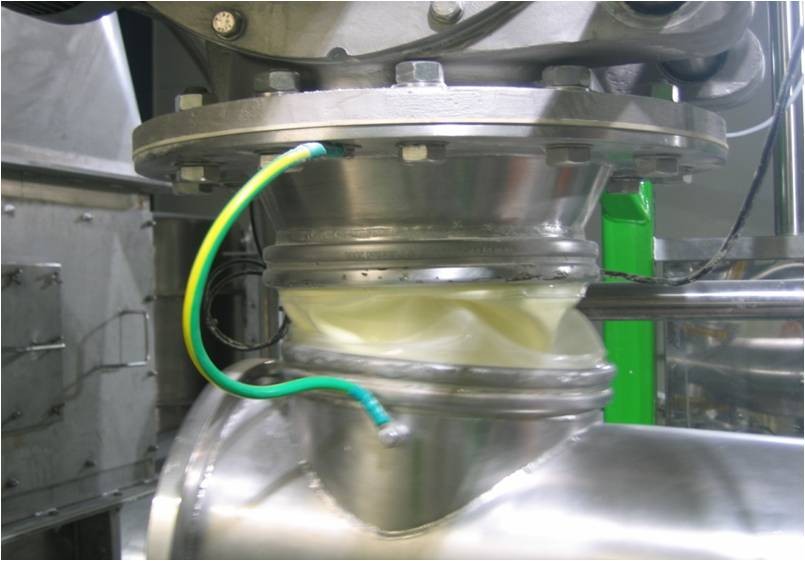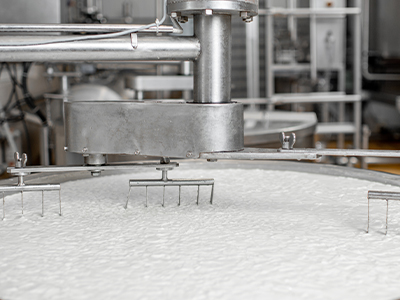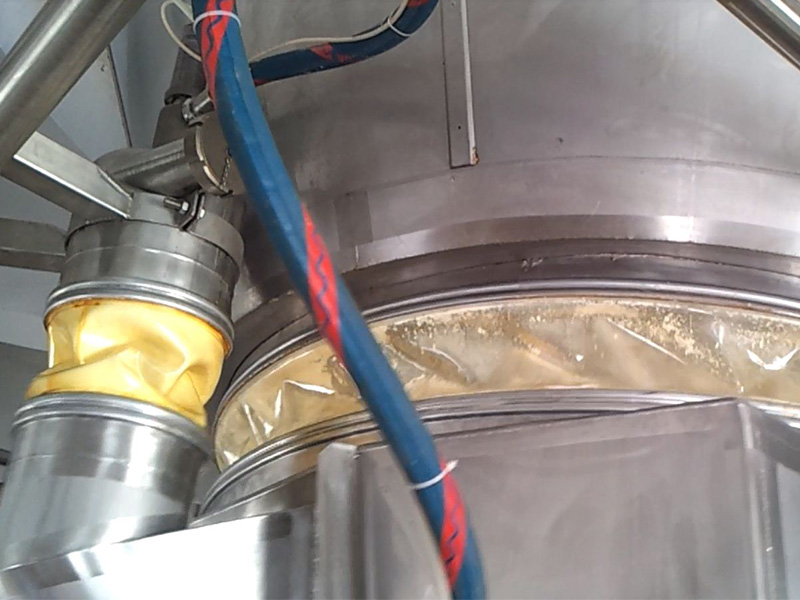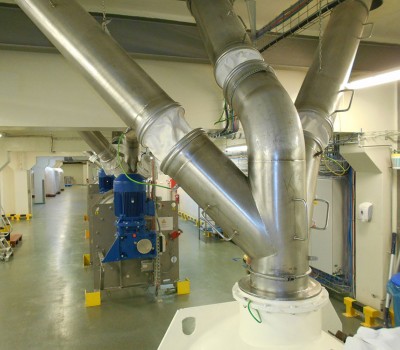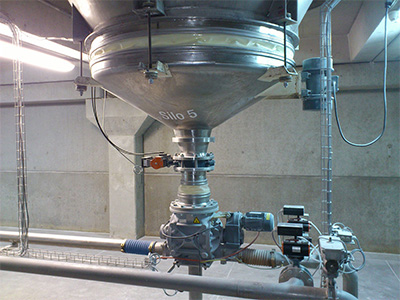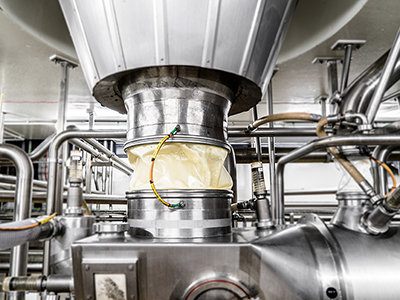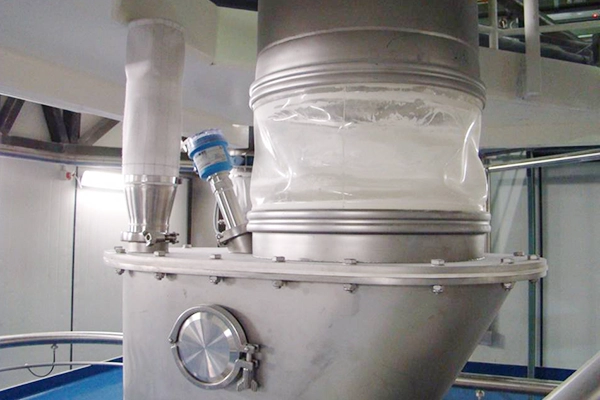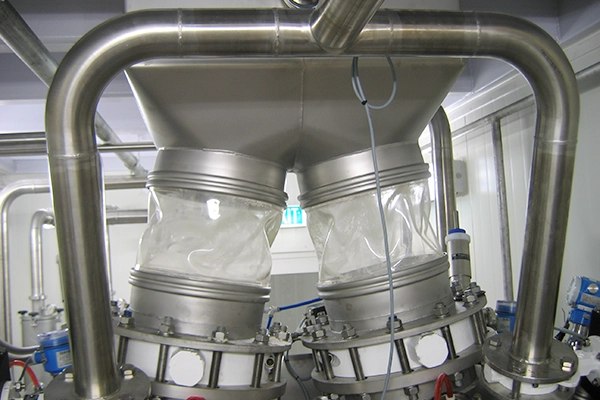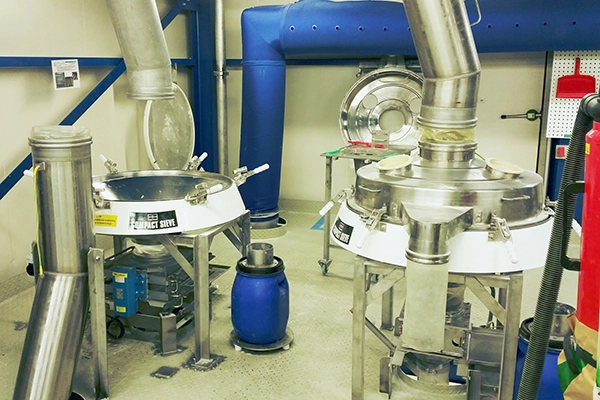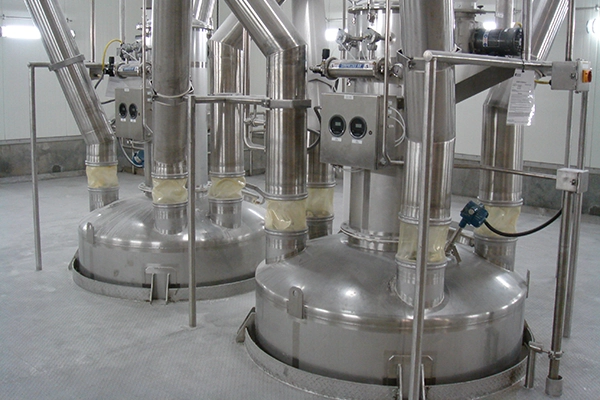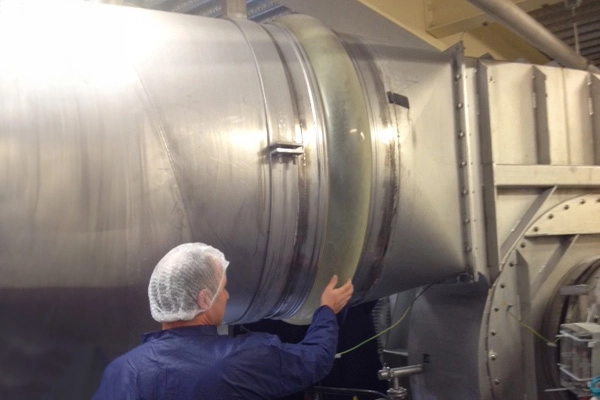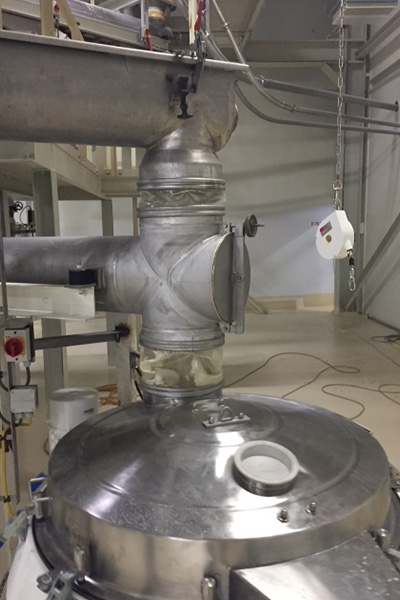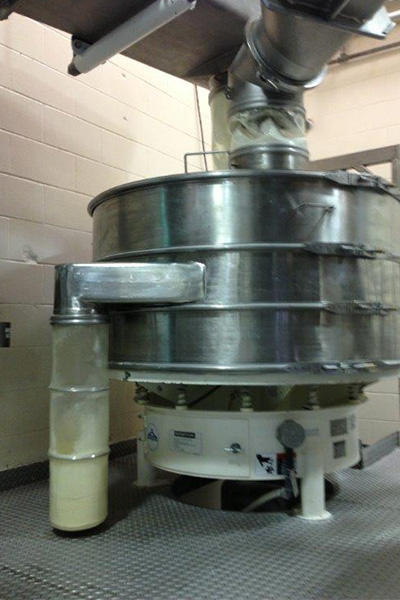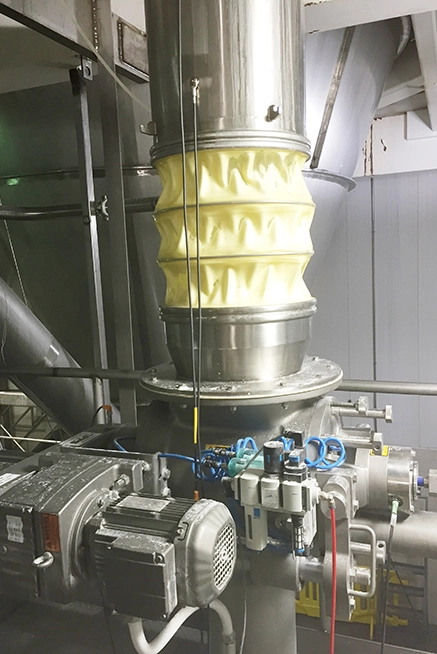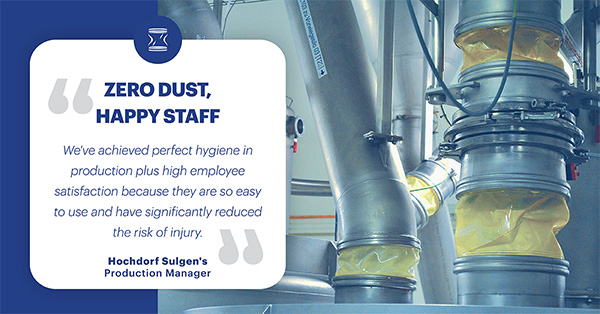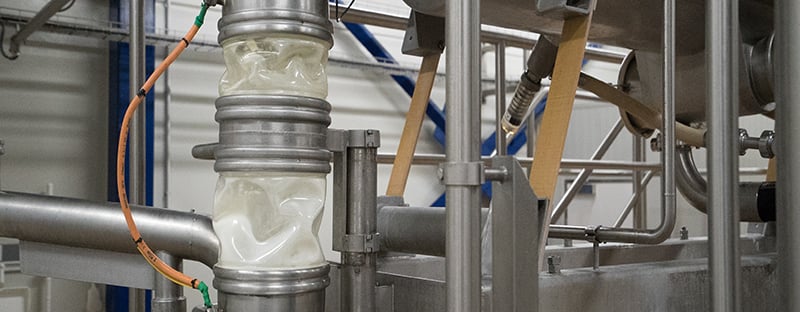The scale of some drying processes in the dairy industry creates an elevated risk of combustible dust explosions occurrence. Bulk powders moving at high velocity mean there is always a risk of electrostatic charges building up, and spark discharges can occur if proper grounding procedures aren't followed. Milk powder can also self-ignite if accumulations of powder adhere to surfaces in the hot zone of the drier.
Although powder processing plants have built-in explosion relief systems, the larger risk in this scenario is a devastating secondary explosion that can occur following an internal explosion. This is where dust in the factory environment is ignited by flames and hot gases that are released by the initial explosion when equipment transitions - the flexible connectors - give way under the explosive force.
This is why it's important to have strong, resilient flex couplings that can withstand internal explosions and redirect the flame and gases up and out through explosion venting systems.
The BFM® fitting Solution
BFM® fitting's Seeflex range of products provides excellent static dissipation, greatly helping to reduce the chance of spark discharges occurring inside the process.
Should an internal explosion occur, however, the patented internal snap-fit design of the BFM® blue band connector and spigot gives it superior explosion resistance.
The BFM® fitting system has been extensively independently tested, and our most popular product used widely in the dairy industry, Seeflex 040E, has been proven to withstand explosion pressures in excess of 60 kpa (8.7 psi).
This means the hot gases and flames of any internal explosion will be contained and redirected up and out of the explosion relief system, and not allowed to escape into the factory atmosphere.
For added peace of mind, the flame-retardant BFM® Kevlar Cover is an option that can be fitted over the top of the Seeflex connector, and this has been tested to resist explosion pressures over 129 kPa (18.7 psi)
Learn more about explosion risk reduction with BFM®.
.webp)
.webp?width=550&height=412&name=Calf%20milk%20powder%20sifter%20FOOD9001-228%201%2c013%20x%20761%20(2).webp)
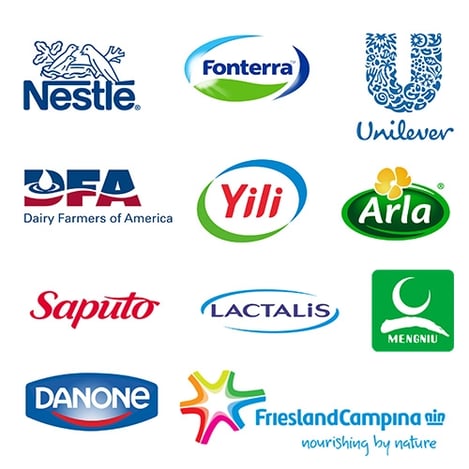

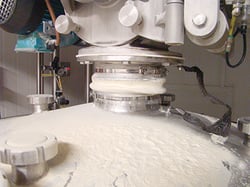 Old-style hose clamps can't prevent powder from escaping into production plants when processing large volumes of product, especially if there is positive pressure in the system.
Old-style hose clamps can't prevent powder from escaping into production plants when processing large volumes of product, especially if there is positive pressure in the system.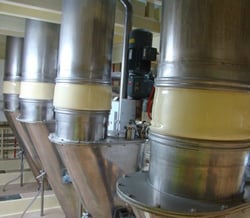 The unique design of the BFM
The unique design of the BFM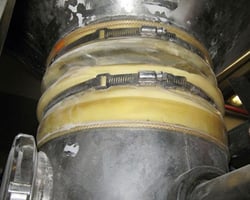 Dairy powders pose stickiness problems, so keeping equipment free of deposits is essential.
Dairy powders pose stickiness problems, so keeping equipment free of deposits is essential.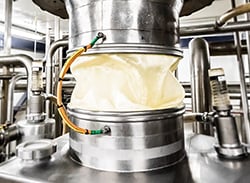 The internal snap-fit design of the BFM
The internal snap-fit design of the BFM